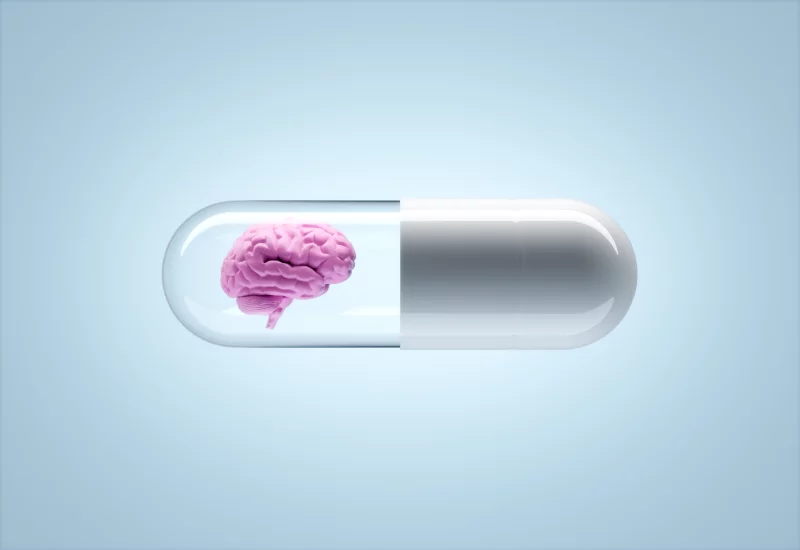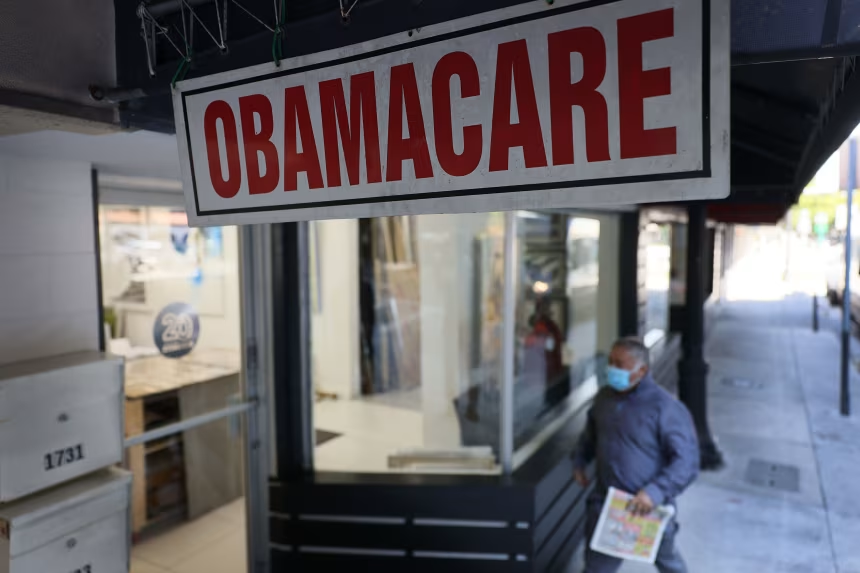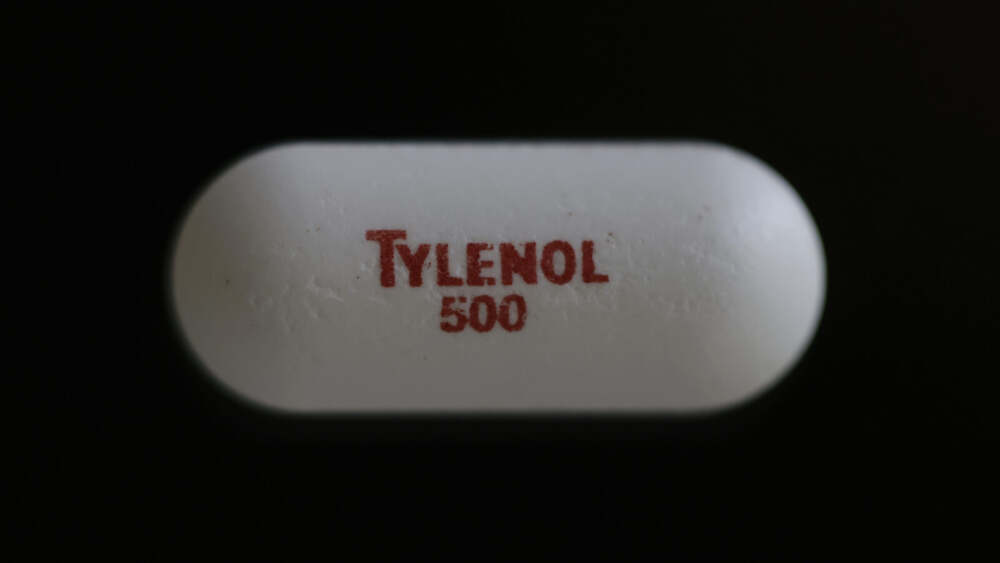For the first time in years, a meaningful drop in U.S. adult obesity has been recorded—and it appears to be linked, at least in part, to broader use of weight-loss medications. According to recent survey data, the adult obesity rate in 2025 has declined to 37 % from a peak of 39.9 % in 2022.
What the Data Show
Drawing on three nationally representative online surveys of nearly 17,000 adults conducted in the first three quarters of 2025, researchers found the obesity rate remained flat for much of the decade but began to fall as demand for and access to new drugs rose. Use of prescription medicines like GLP-1 receptor agonists, previously reserved for diabetes, has surged in recent years as they are employed more widely for obesity treatment. Some analysts believe the decline, though modest, could reflect the effect of these medications.
Why This Matters
The statistic is significant because obesity rates have been stubbornly high for decades, reaching highs above 40 %. Any sustained reversal—however small—could signal a turning point in the public-health battle against excess weight, which contributes to cardiovascular disease, diabetes, cancer and other major health risks.
Additionally, the connection with newer weight-loss drugs highlights how pharmacological tools are reshaping the landscape, not just for individuals, but potentially for population health as a whole. If more people adopt effective therapies, the broader health consequences could be large: lower disease burden, fewer obesity-related complications, and reduced healthcare costs over time.
Caveats and Complexities
- Causation vs. correlation: While the decline in obesity coincides with increased drug use, researchers caution that the link is not definitive. Many factors contribute to body-weight trends, including diet, physical activity, socioeconomic conditions and access to care.
- Access remains uneven: These weight-loss drugs are expensive, require prescriptions and regular monitoring. They may not be accessible to all Americans, which means disparities in treatment could persist or widen.
- Sustained outcomes still uncertain: Weight-loss medicines can yield strong reductions, but maintaining that loss over years—and transferring full health-gain benefits—is still being studied. Moreover, drugs alone are not a silver bullet; lifestyle support remains critical.
- Emerging equity concerns: With usage highest among older adults (ages 50-64 showed the largest drop in obesity in some analyses), younger age groups and underserved communities may not yet be reaping the same benefits.
What to Watch
- Whether future surveys confirm a continuing down-trend, or if the rate flattens out again as drug-access issues or socioeconomic dynamics re-assert themselves.
- Policy developments around insurance coverage for weight-loss medications (Medicare, Medicaid and private plans) which could expand broad access and amplify health impacts.
- Long-term real-world studies tracking not just reductions in obesity rates, but creative outcomes such as lower rates of heart disease, diabetes complications and improvements in quality of life.
Bottom Line
The drop in adult obesity to 37 % in 2025—after years of incremental increases—is cause for cautious optimism. It suggests that the era of effective weight-loss medications may be beginning to leave a mark beyond individual cases. But success isn’t assured: access, affordability, long-term maintenance of weight loss and comprehensive care still matter profoundly.












Leave a Reply